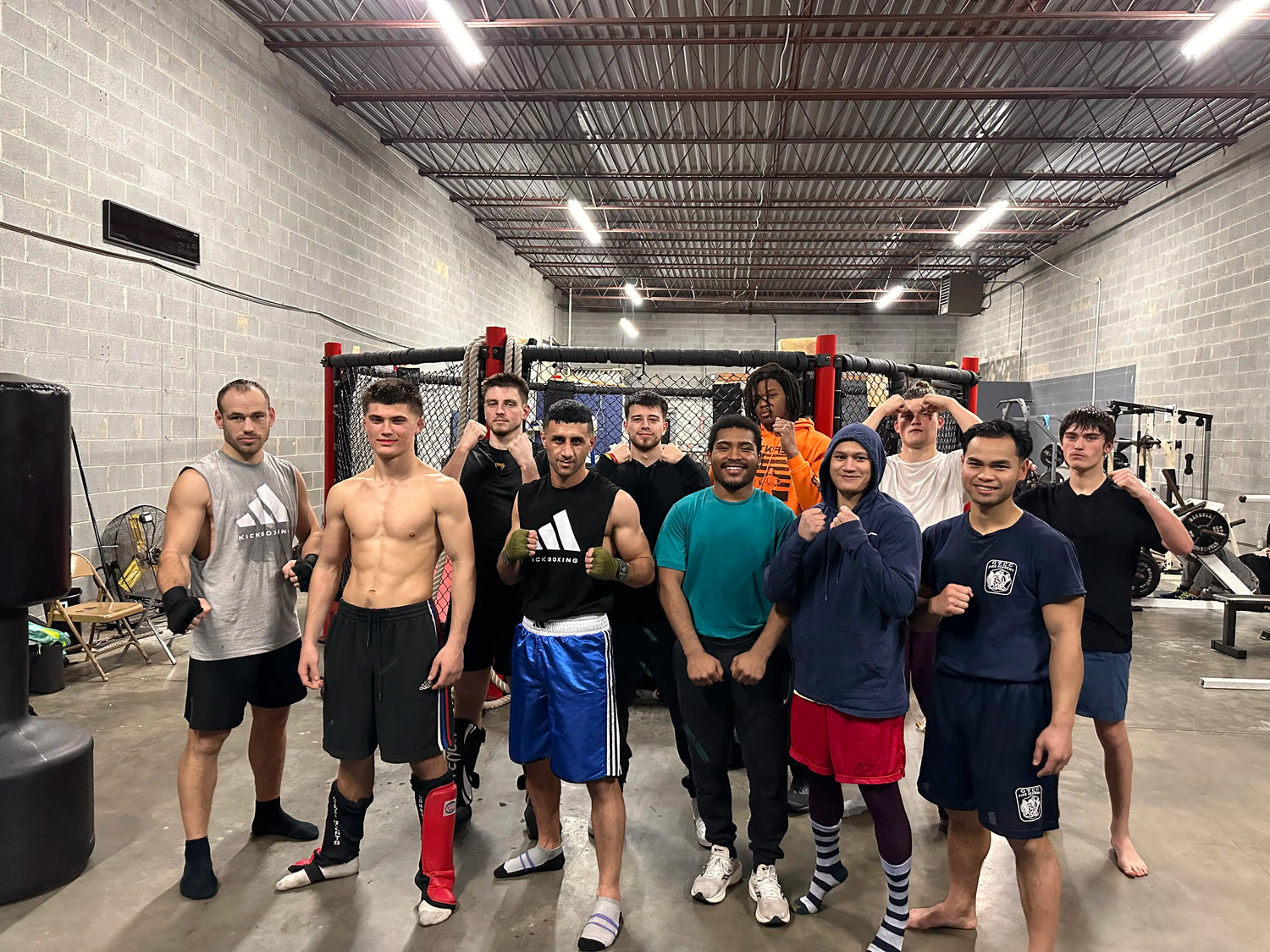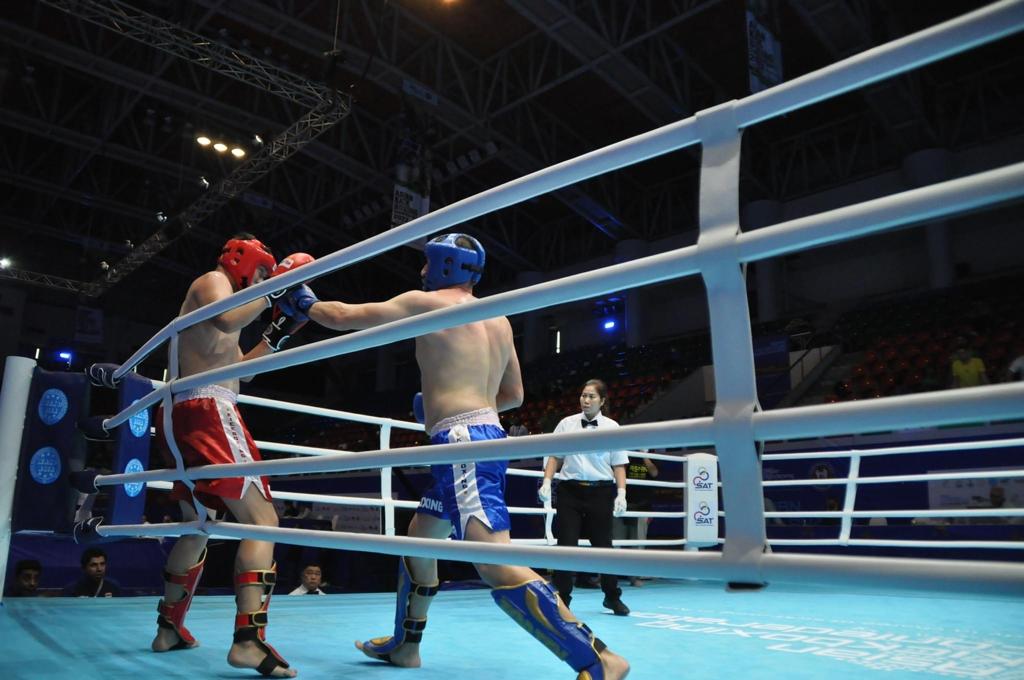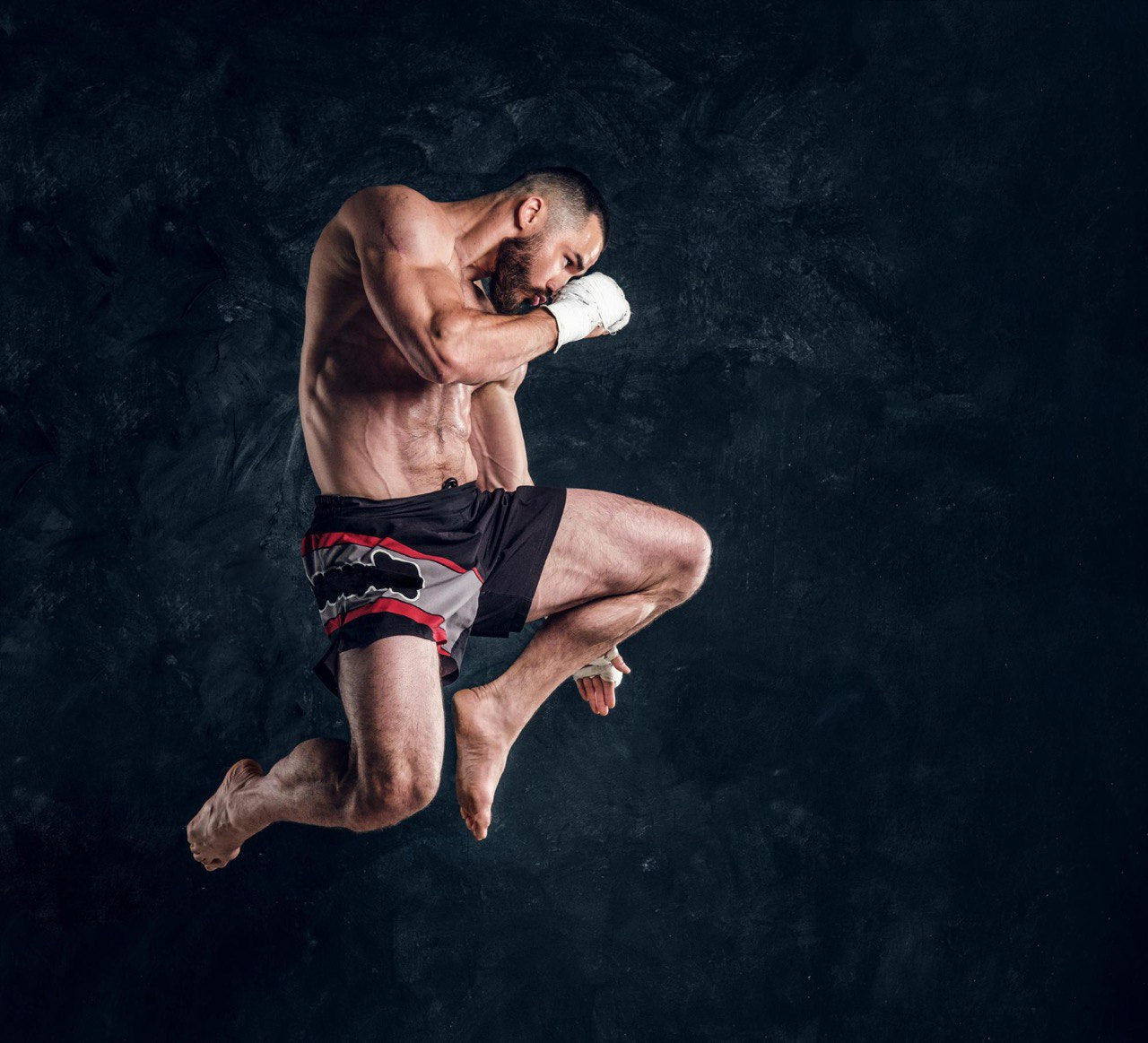Introduction
Kickboxing, a martial art that combines elements of boxing and karate, is as much about skill and technique as it is about power and speed. Understanding the biomechanics behind each punch, kick, and stance can enhance a fighter's performance and reduce the risk of injury. In this post, we will delve into the scientific principles behind some essential kickboxing techniques.
The Biomechanics of a Punch
1. The Jab
- Mechanics: The jab is a straight punch utilizing the lead hand. It relies on the rotation of the shoulder and hips, coupled with a swift extension of the arm.
- Key Muscles Involved: Deltoids, triceps, pectorals, and core muscles.
- Application in the Ring: Quick and efficient, the jab is often used to gauge distance or set up more powerful strikes.
2. The Cross
- Mechanics: The cross involves a powerful punch from the rear hand, engaging the hips and legs for maximum force.
- Key Muscles Involved: Glutes, quadriceps, obliques, triceps, and shoulder muscles.
- Application in the Ring: Often used to follow a jab, the cross can be a knockout punch due to its power.
The Science of Kicks
1. The Front Kick
- Mechanics: The front kick is executed by lifting the knee and extending the leg, striking with the ball of the foot.
- Key Muscles Involved: Quadriceps, hamstrings, glutes, and calf muscles.
- Application in the Ring: Useful for maintaining distance or attacking the opponent's midsection.
2. The Roundhouse Kick
- Mechanics: The roundhouse kick involves a turning motion of the hips, allowing the leg to whip around and strike with the shin or instep.
- Key Muscles Involved: Hip flexors, quadriceps, glutes, core muscles.
- Application in the Ring: Highly versatile, it can target various areas like the head, body, or legs.
Stances and Movements
Understanding the proper stances and movements in kickboxing is vital for balance, power, and agility. Different stances, such as orthodox and southpaw, can affect how punches and kicks are executed.
Conclusion
Understanding the science behind kickboxing techniques can elevate a fighter's skills, offering insights into how to move efficiently, generate power, and adapt to various situations in the ring. By delving into the mechanics of punches, kicks, and stances, kickboxers can foster a deeper connection to their art and cultivate a more intelligent approach to training and competition.
References
- Burden, A. M., Grimshaw, P. N., & Wallace, E. S. (2013). Hip and shoulder rotations during the golf swing of sub-10 handicap players. Journal of Sports Sciences, 31(14), 1487-1496.
- Filimonov, V. I., Kopstev, K. N., Husyanov, Z. M., & Nazarov, S. S. (1985). Means of increasing strength of the punch. National Strength & Conditioning Association Journal, 7(6), 65-66.
- Fulton, J., Wright, K., Kelly, M., Zebrosky, B., Zanis, M., Drvol, C., & Butler, R. (2017). Injury risk is altered by previous injury: a systematic review of the literature and presentation of causative neuromuscular factors. International Journal of Sports Physical Therapy, 9(5), 583–595.
- Smith, M. S., Dyson, R. J., Hale, T., & Janaway, L. (2014). Development of a boxing dynamometer and its punch force discrimination efficacy. Journal of Sports Sciences, 18(6), 445-450.
- Freepik





